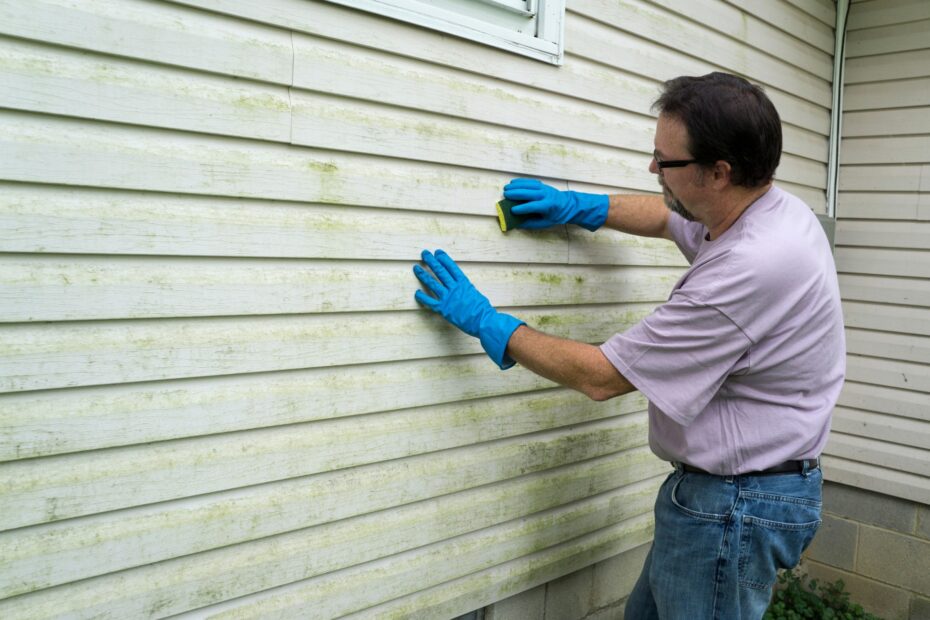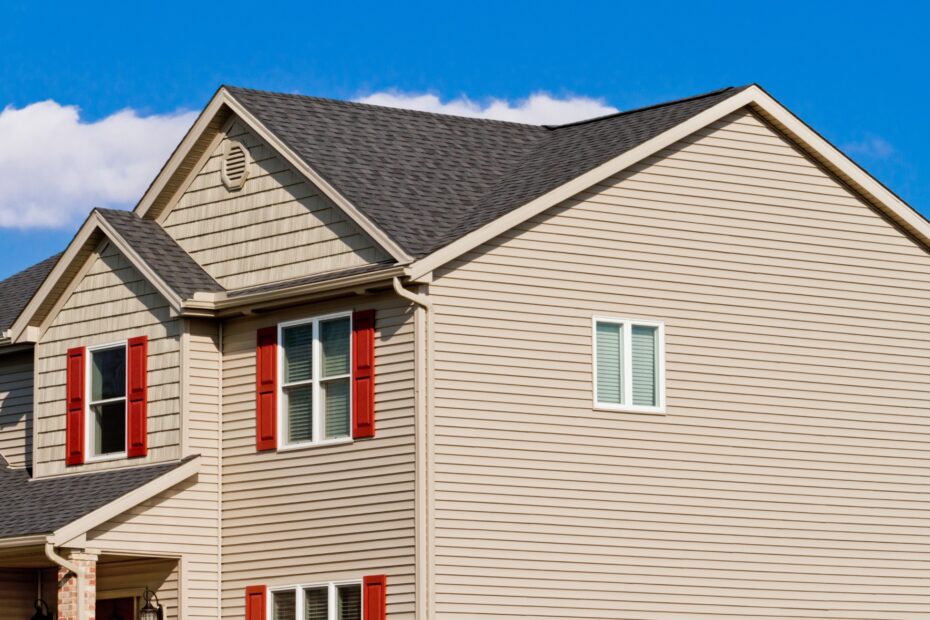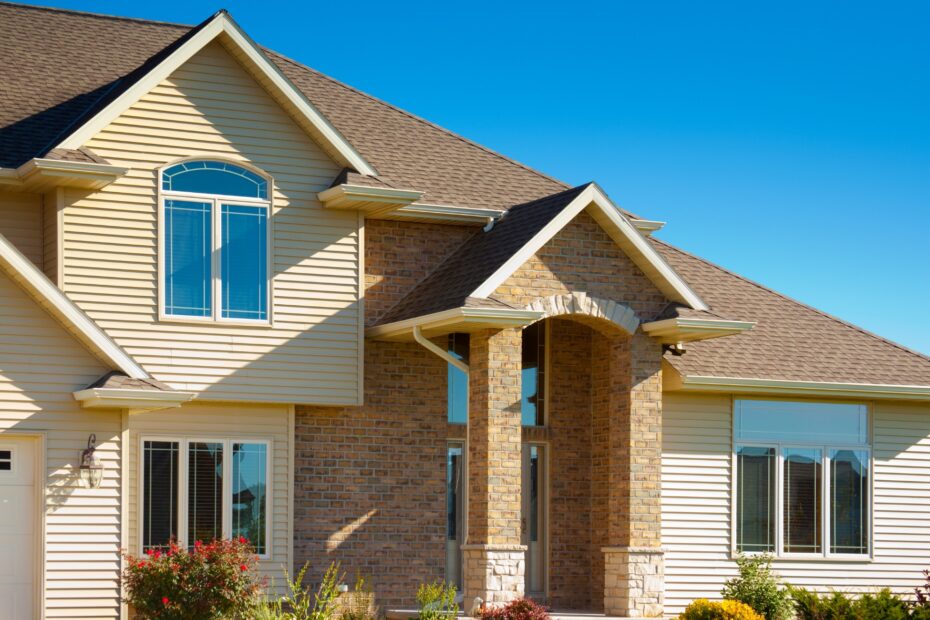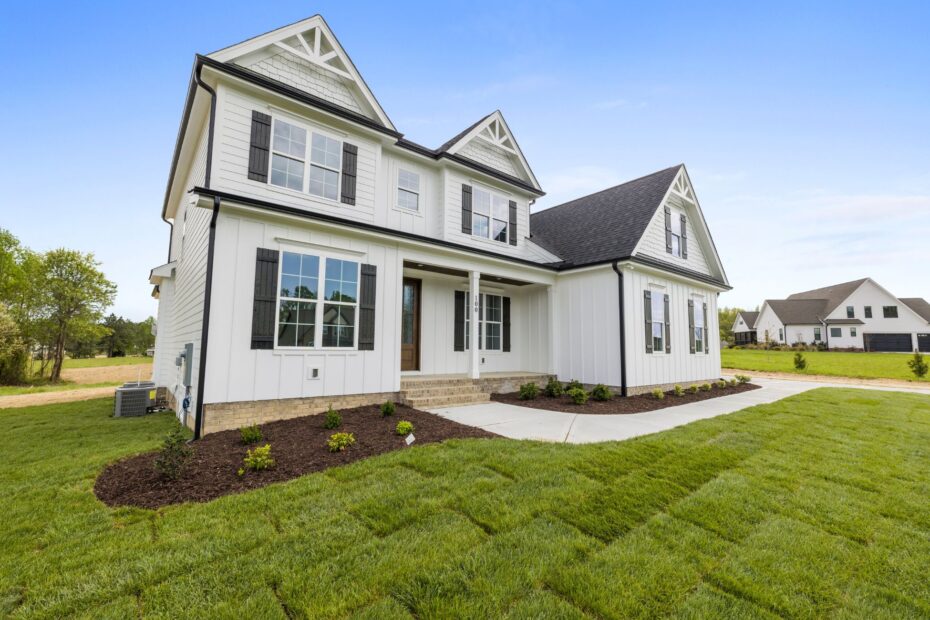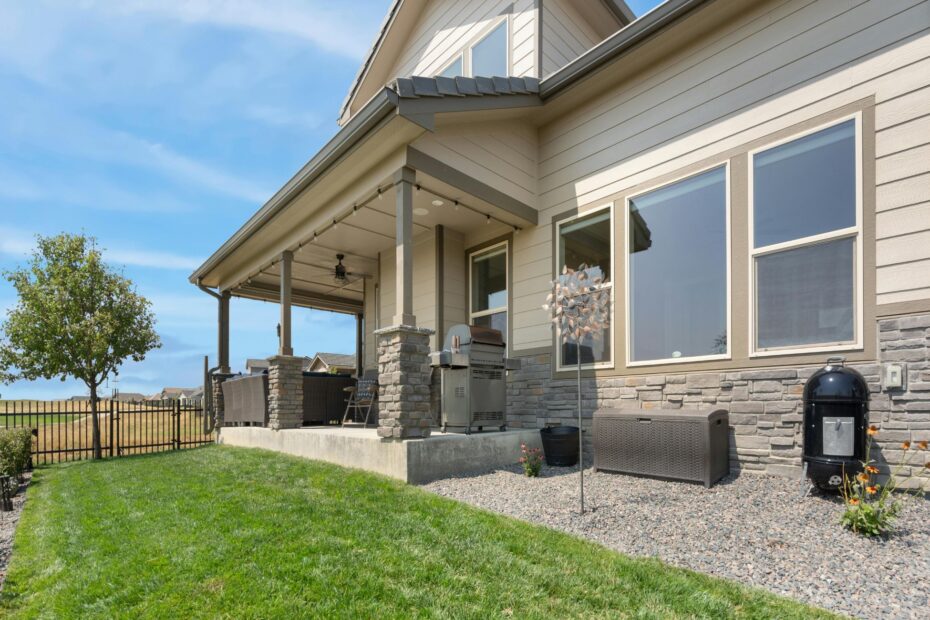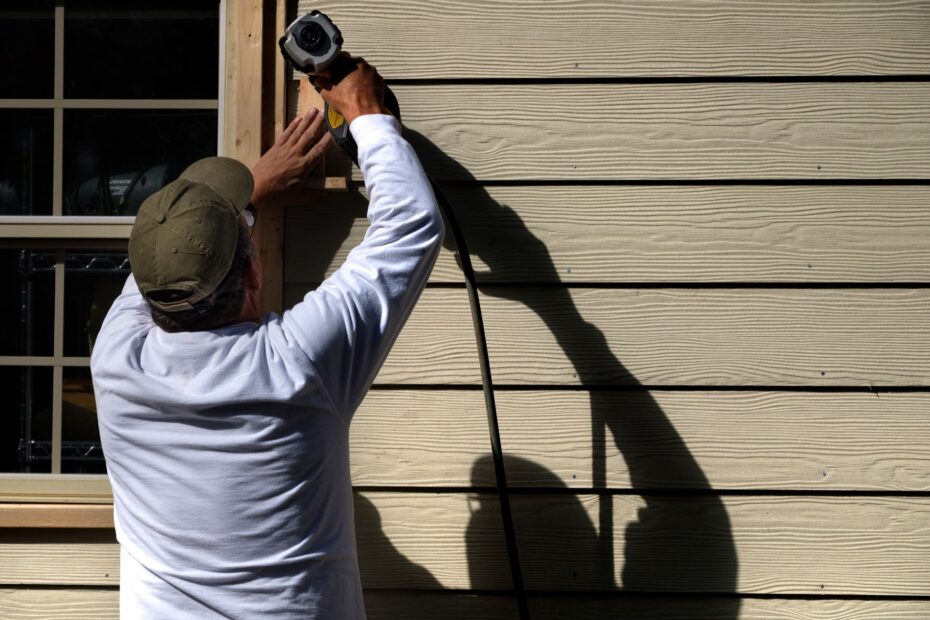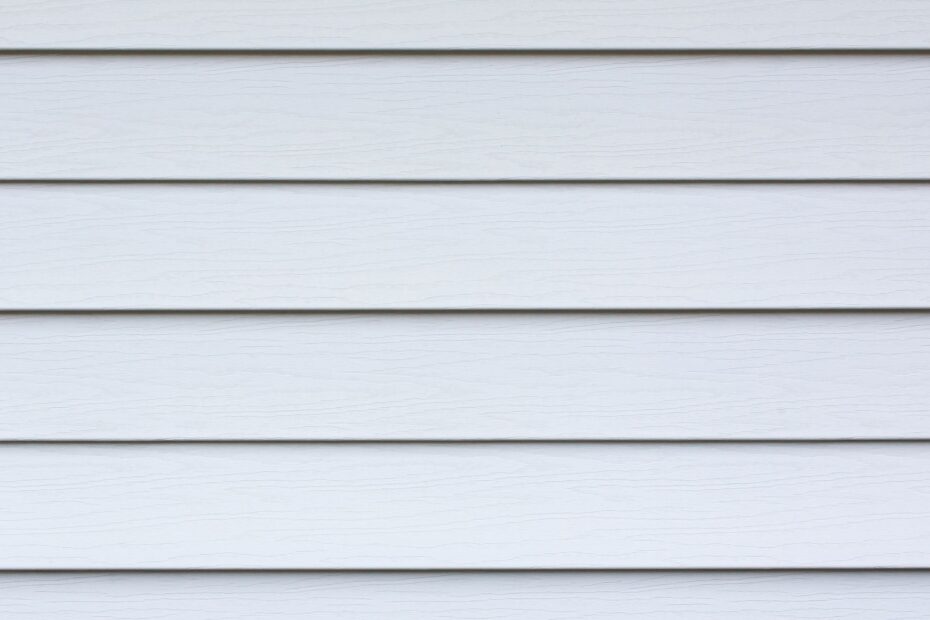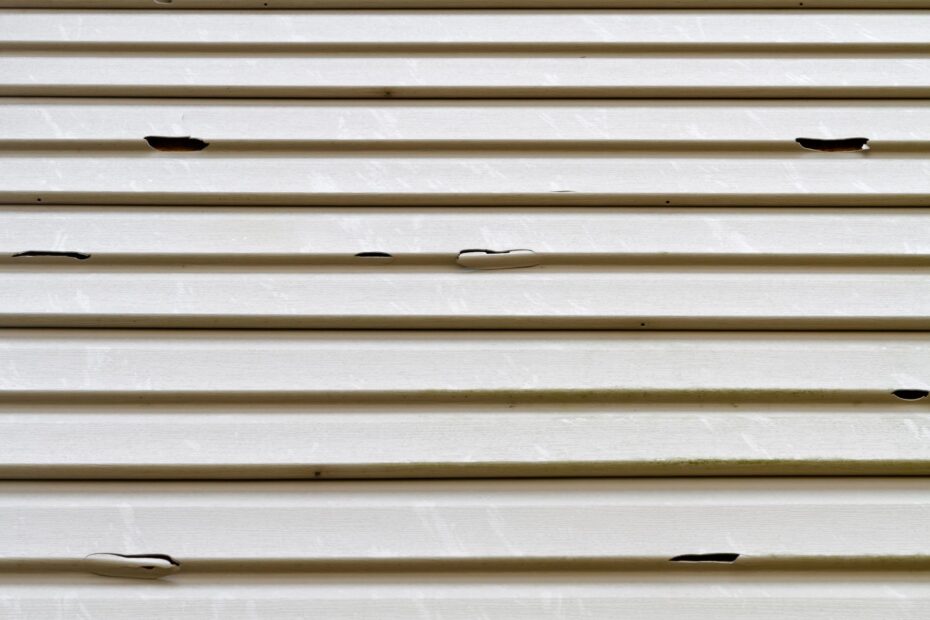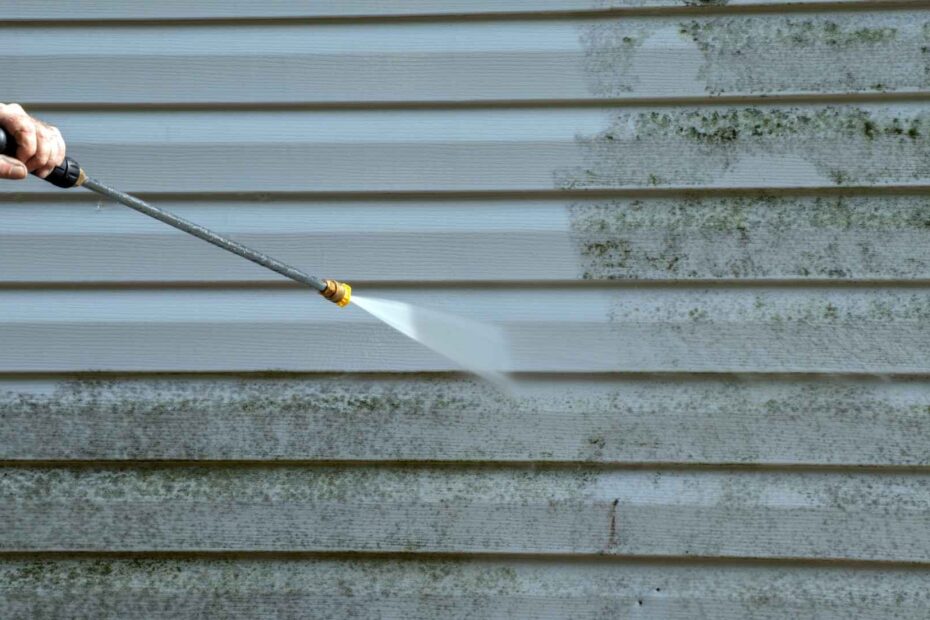When your vinyl siding suffers damage, addressing it promptly can prevent more serious issues like water intrusion and structural damage. Fortunately, repairing small holes in vinyl siding is a manageable DIY project that doesn’t require specialized skills.
For tiny holes (under 1 inch), vinyl siding caulk offers the simplest solution. Clean the damaged area thoroughly, apply exterior-grade vinyl caulk that matches your siding color, and smooth it with a putty knife. Once dry, it provides a waterproof seal that blends with the surrounding surface.
Slightly larger holes can be effectively patched. Purchase a vinyl siding repair kit from your local hardware store, or create your own patch using a piece of matching vinyl. The key is cutting the patch slightly larger than the damaged area, applying exterior adhesive to the back, and pressing it firmly over the hole. Some homeowners use a heat gun on low setting to make the vinyl more pliable for a better fit.
For substantial damage, replacing the affected panel is often the best approach. Start by using a zip tool to unlock the damaged section from the panels above it. Cut a replacement piece from matching siding, ensuring it’s the exact same length as the removed section. Slide it into place, and re-secure the panels with the zip tool.
During repair, it’s worth inspecting behind the damaged siding for any water infiltration. Finding and addressing moisture issues early can prevent mold growth and wood rot, potentially saving thousands in future repairs.
If you’re uncomfortable making these repairs yourself, vinyl siding contractors typically offer reasonable rates for small patch jobs, ensuring a professional finish that maintains your home’s curb appeal.
